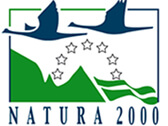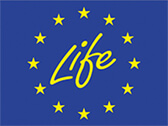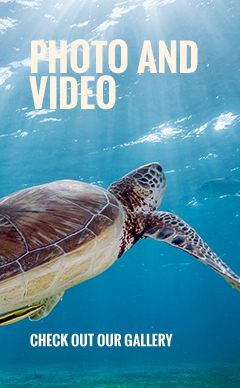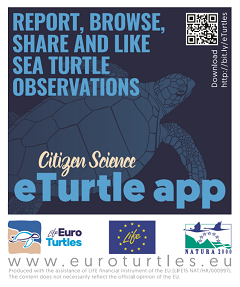THREATS
Generally speaking, marine turtles are threatened by a large number of human activities, both on land and at sea, making their conservation a great challenge. Historically, the main factor impacting populations globally was the harvest of eggs and turtles for consumption and trade. Fortunately, this threat has been greatly reduced in many areas – including the Mediterranean – by legal protection at international and national level, although the problem has not been eliminated. For instance, turtles are still killed for local consumption in some places.
In the Mediterranean, severe exploitation for consumption occurred in the first half of the 20th century. Nowadays, there are two main issues for sea turtle conservation in the Mediterranean: anthropogenic impact on nesting sites and interaction with fisheries. There are several others (e.g. pollution, collision with boats, climate change, and predation by species with populations increased thanks to human resources like waste), which may affect turtle populations, but at present they seem to have secondary importance.
Regarding nesting sites, they are basically threatened by direct or indirect consequences of tourism pressure. In fact, a large number of tourists visit the Mediterranean coastline every year, and the associated habitat degradation is an important threat to nesting sites. Tourist infrastructures, the modification of coastline, sand extraction and other factors may physically destroy a nesting beach, and intensive human activity during the nesting season (e.g. mechanical beach cleaning, light and noise pollution, chairs and umbrellas, night frequentation, collision with recreational boats) may interfere with the mating and nesting processes, the incubation of eggs, and the movement of hatchlings to the sea. Moreover, wild canids, feral/domestic dogs, and seagulls, whose populations benefit from human presence, prey on turtle nests and hatchlings.
In addition to protection on land in order to avoid the physical destruction of the nesting site, it is important that protection should be granted to the nearby marine area – at least during the reproductive season, in order to avoid human activities affecting adults and hatchlings at sea.
Regarding interaction with fisheries, an indication of the importance of fishing-induced mortality is the high proportions of turtle strandings with evidence of interaction with fishing gear. It has been estimated that more than 132,000 captures occur annually in the Mediterranean, with trawls, longlines, and set-nets being the most important fishing gears in this respect. In some fisheries, intentional killing for meat is associated with incidental captures and turtles are consumed directly by fishermen or traded at local markets. In others, intentional injuring or killing of incidentally captured turtles for other reasons is an additional reason of concern.



